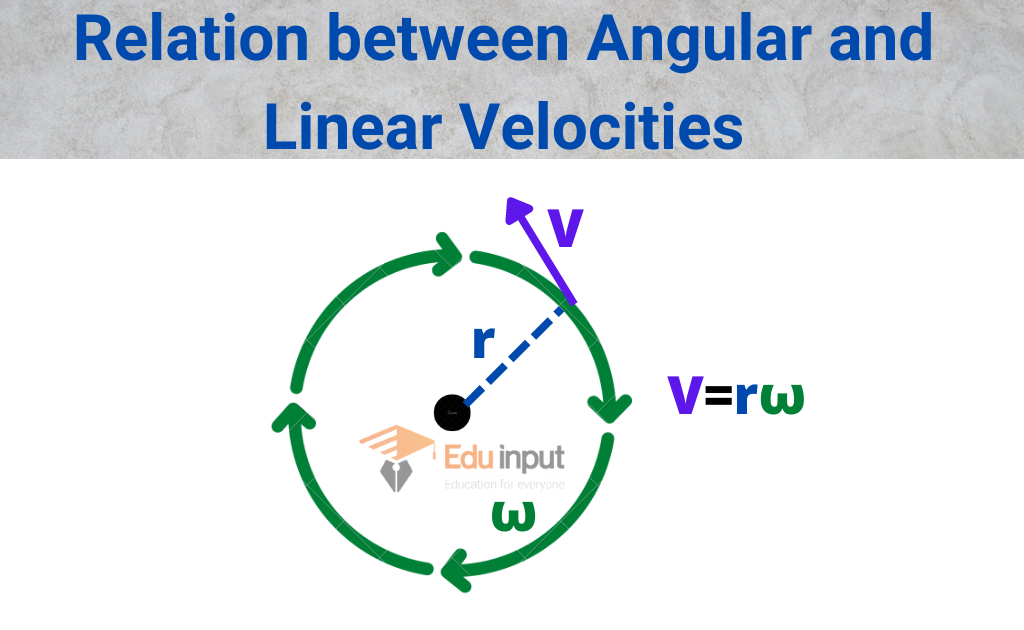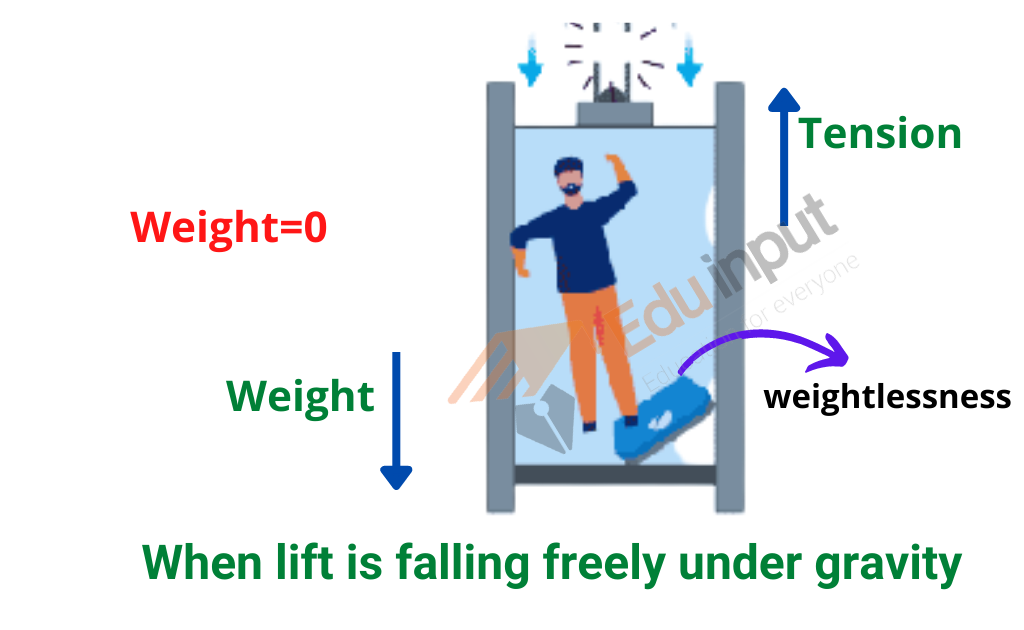What is Coriolis Force?-Definition, Direction, Effect, And Characteristics
Coriolis Force is the name given to the phenomenon where objects moving at different speeds experience a change in direction due to their relative motion to each other.
What is Coriolis Force?
In physics, Coriolis force is the result of two forces acting on an object; centripetal force (the force that keeps an object moving around its center) and centrifugal force (the force that causes an object to move away from the center).
The effect of the Coriolis force was first described by Gaspard-Gustave de Coriolis in 1835. He noticed that if he spun a wine glass while holding it vertically, the liquid inside would flow clockwise. If he then released the glass, it would continue spinning counterclockwise. This is because the Coriolis force caused the liquid to move towards the outside edge of the rotating sphere.
In order to measure the Coriolis effect, he built a device known as a Coriolis meter. A Coriolis meter measures the rate of change of angular velocity with respect to time. The Coriolis meter consists of two prisms placed perpendicular to each other. One prism is fixed while the other is rotated at a constant speed. As the rotating prism passes through the stationary prism, the angle between them changes. This angle is measured using a micrometer.
Coriolis meters are commonly used to determine the flow patterns of fluids, including gases and liquids.
This effect is commonly seen in weather systems. When air moves over mountains or oceans, it experiences a change in speed and direction. As it passes over the top of a mountain, it slows down and begins to fall back down the other side. This is because the air is no longer moving upwards, but rather downwards.
In the same way, water flowing over the ocean floor is slowed down and forced to move sideways. This is known as Ekman transport.
Coriolis Force Direction
The Coriolis force is proportional to the object’s speed in relation to the inertial frame and the body’s speed in relation to the rotating frame. The distance from the axis of the rotating frame to the radial direction of the force makes a difference. By introducing these forces to a rotating frame of reference, Newton’s laws of motion can be applied to the rotating system as though it were an instrumental system.
What is the Coriolis Effect?
The Coriolis Effect is an effect that can be seen by rotating a frame of reference. The effect occurs when an object moving along a straight path is viewed from a non-fixed frame of reference. The frame of reference is the Earth which is moving at a fixed speed. When viewed from Earth, an object moving in a straight path appears to lose its course because of the Earth’s rotation.
Characteristics of Coriolis Effect
Coriolis force is a frictional force that is caused by the rotation of the earth. Wind, aircraft, and flying birds are some of the objects that are effective at the Coriolis effect. Coriolis effect only affects the wind direction and not the wind speed, as it diverts the wind direction from the expected path.
Wind speed is the most important factor in determining the magnitude of Coriolis force. The higher the wind speed, the greater the effect on the environment. The maximum Coriolis effect is at the poles and zero at the equator. The force of Coriolis always moves in a direction that is parallel to the moving object’s axis.







Leave a Reply